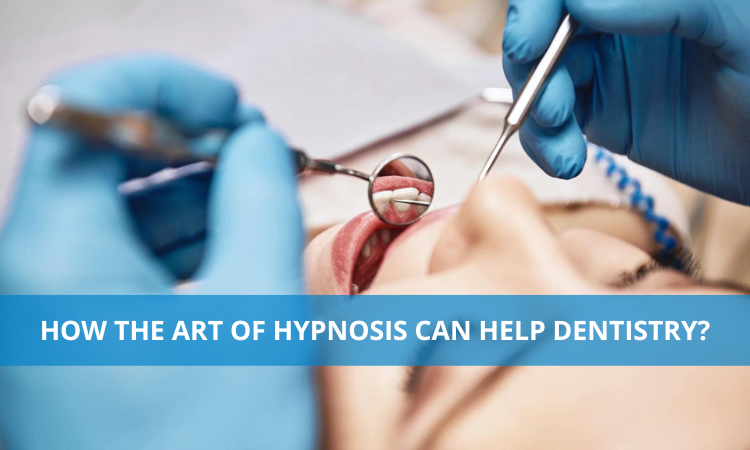
While almost all of us have been in awe when it comes to hypnosis. However, it is not just reserved for fun tactics or criminology anymore. Medical professionals have also been gaining from the hypnosis benefits and it is only a matter of time before this technique gains actual recognition.
Hypnosis in dentistry is termed 'Hypnodontics'. This is the art of using hypnosis to relieve the patient’s anxiety and fear of dental treatments finishing the entire procedure in a relaxed manner.
The term was first coined in 1948, to signify the use of hypnosis in dentistry. This was to overcome the irrational prejudices of the lay public as well as in the dental and allied professions. The first case of hypnosis was performed in 1829 to help in tooth extraction to relieve fear and to help attain analgesia.
Types of Hypnosis
The science of hypnosis also involves controlled suggestion. It requires deliberate and careful feeding of a suggestion into the brain in order to accomplish a given effect. If the desired effect is accomplished, the suggestion is said to be realized. When a suggestion is comprehended it results in the following actions.
Sensory change: the hand or any other part of the body may feel colder or warmer, or can present with a tingling sensation.
Motor change: the arm may rise or float into the air; the leg may become rigid.
Emotional change: feelings of guilt, fear, or anger may be aroused.
Change in ideas or beliefs: confidence may be lost or enhanced (in the latter case, the patient develops a good rapport with his dentist).
The two forms of suggestion that are frequently used in Hypnodontics include:
Direct Suggestion: the most commonly used form in hypnosis, which is received during full awareness.
Indirect Suggestion: this bypasses awareness, affecting the perceptual processes subliminally. The patient is hardly ever aware they have been exposed to the suggestion.
Therapeutic Effects Of Hypnosis
The therapeutic effects of hypnosis encompass a wide range of benefits including
1. Maintenance of the patient's comfort during long, arduous periods of dental work.
2. Accustoming the patient to orthodontic or prosthetic appliances.
3. Modification of noxious dental habits.
4. Reduction of anaesthesia or analgesia.
5. Achieving amnesia for unpleasant work.
6. Substitution for, or in combination with, premedication in general anaesthesia.
7. Prevention of gagging and nausea.
8. Control of salivary flow
9. Control of bleeding.
10. Management of postoperative anaesthesia
11. Reduction of postoperative shock.
12. Patient relaxation.
13. Elimination of the patient's tensions and anxieties, and his fears of pain and discomfort.
Hypnosis has also proven to be beneficial in parafunctional habits including bruxism, lip biting, nail-biting, and thumb sucking. It also has worked as a treatment modality for various other behavioural modifications.
Despite being used for the past 60 years, hypnosis is still a relatively new subject for dental professionals across the globe. The hindrances reported behind the lack of use of the procedure include the patient's unwillingness to get hypnotised as well as the relatively increasing time frame required to put the patient to sleep. Nonetheless, the practice can help both the patients and dentists and can serve as a benchmark to help people get rid of the fear

Dr Rida Qamar
The author is contributing writer at Dental News Pakistan and can be reached at Ridaqamar100@gmail.com

